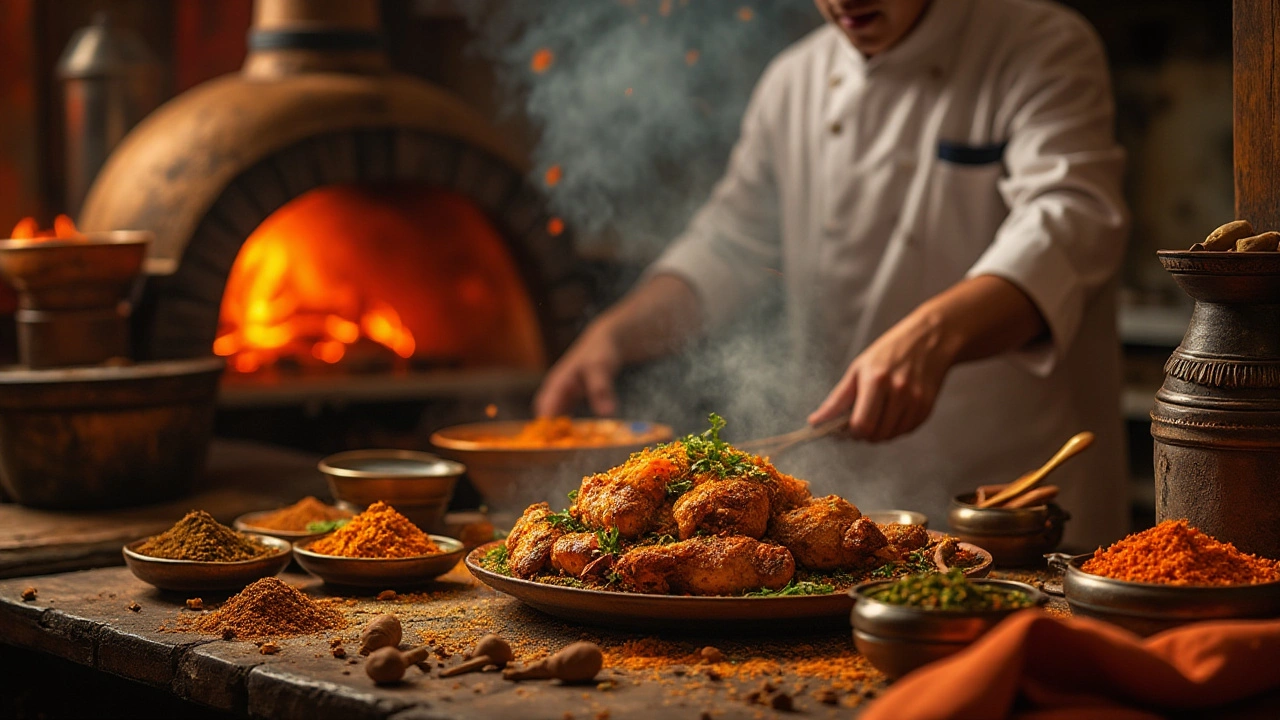Tandoori Drawbacks: Understanding the Risks and How to Keep the Flavor
When working with Tandoori cooking, a traditional Indian method that uses a clay oven called a tandoor to blast food with intense heat. Also known as tandoor grilling, it delivers that signature smoky flavor but comes with specific challenges. The technique requires temperatures often above 300 °C, which can create harmful compounds in the food. tandoori drawbacks include potential carcinogen formation, uneven cooking, higher energy consumption, and a steep learning curve for home kitchens.
One of the biggest related entities is the tandoor oven, a cylindrical clay or metal furnace that radiates heat from all sides. Its design enables rapid searing but also means the outer layer of meat can char while the interior remains undercooked, especially with thick cuts. This uneven heat influences the formation of heterocyclic amines (HCAs) – chemicals linked to increased cancer risk. Another key factor is marination, the process of soaking meat or vegetables in a spice‑yogurt mixture before cooking. While marination reduces some surface toxins, overly acidic mixes can break down proteins too much, leading to a mushy texture once the high heat hits. Balancing spice levels, acidity, and resting time is crucial to avoid these pitfalls.
Practical Tips to Offset the Drawbacks
To keep the beloved smoky taste without the health concerns, try a few simple adjustments. First, pre‑cook thicker pieces partially on the stovetop or in a microwave; this ensures the interior reaches safe temperatures before the final blast in the tandoor. Second, use a thin layer of oil or ghee on the grill rack to prevent sticking and reduce flare‑ups that cause charring. Third, experiment with lower‑temperature settings or shorter cooking bursts, checking the food frequently. Finally, consider alternative ovens or tabletop tandoor accessories that provide more control over heat distribution. By applying these strategies, you can still enjoy the iconic flavor profile while minimizing the main tandoori drawbacks. Below you’ll find a curated list of articles that dive deeper into each of these points, from health‑focused nutrition facts to step‑by‑step cooking hacks.

Exploring the Downsides of Tandoori Cooking Techniques
Tandoori cooking, a staple of Indian cuisine, brings out exquisite flavors in dishes, especially when it comes to tandoori chicken. However, this traditional method is not without its challenges. From the high heat that can create carcinogens to the requirement for specific equipment, there are downsides to consider. Discover the potential drawbacks and how they can affect your cooking experience. Equip yourself with tips to manage these disadvantages for a safer and more efficient tandoori cooking process.